Media | Articles
Final Parking Space: 1988 Pontiac Firebird Trans Am
When General Motors introduced the third-generation Camaro and Firebird for the 1982 model year, enthusiasts found that the new cars had shed nearly 400 pounds while showing glimmers of real horsepower in the final days of the Malaise Era. The third-gen Firebird Trans Am got quicker and more evil-looking with each year, and I’ve found a good example of the breed in a San Francisco Bay Area self-service wrecking yard.

For the 1987 through 1992 model years, the top Trans Am was the GTA (Gran Turismo Americano) and its 5.7-liter Chevrolet small-block V-8. This car is a regular Trans Am, so it has the 5.0-liter small-block.

Two flavors of the 5.0-liter (305-cubic-inch) engines were available for the 1988 Trans Am: one with throttle-body injection and 170 horsepower and one with tuned port injection and 190 horsepower. This is the latter type, which added $745 to the car’s price tag (that’s about $2023 in 2024 dollars).

Manual transmissions were already well out of favor with American car buyers by the late 1980s, but the original purchaser of this Trans Am took the base five-on-the-floor manual. I’d wager that this car’s T-5 transmission was purchased soon after I shot this photo (I arrived at the junkyard just moments after the car went out into the yard and before it had been placed on Pick-n-Pull’s stands).

It was sold as a California-market car and may have spent its entire career on the roads of the Golden State. The BAR’s smog-check history site shows that it passed its tests from 1997 through 2006.
Marketplace
Buy and sell classics with confidence

The factory wheels, which are still worth decent (enough) money, were probably snatched up nearly as quickly as the transmission.

The paint has been burned off this car’s upper surfaces by California’s relentless sun, but there’s no rust-through on this car.

The interior is a bit tired but looks good for age 36.

I find quite a few 1982-1992 Firebirds and Camaros during my junkyard travels, but non-crashed Trans Ams (and Formulas) are not often seen in such places.

This car traveled nearly a quarter-million miles during its career, which is impressive for any 1980s car and doubly so for a product of Van Nuys Assembly, a factory that became increasingly notorious for quality problems during the late 1980s and was finally shut down forever in 1992. A shopping mall called The Plant now stands on the site.

The MSRP for this car with the TPI 5.0 was $14,744, or about $40,036 after inflation.

The air conditioning (which included tinted glass) added $895, or $2430 in today’s money.

If you wanted a factory glovebox in your third-generation F-Body, you were out of luck. Instead, you got this dash-mounted pouch (Firebird) or nothing at all (Camaro).
***
Check out the Hagerty Media homepage so you don’t miss a single story, or better yet, bookmark it. To get our best stories delivered right to your inbox, subscribe to our newsletters.

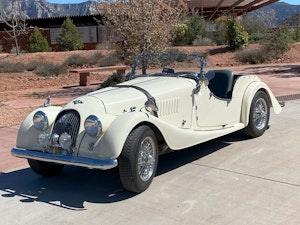
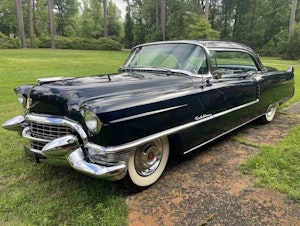

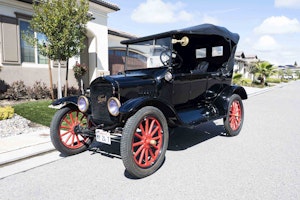
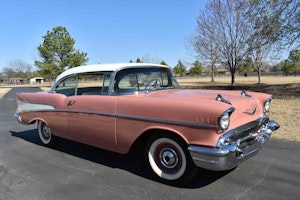

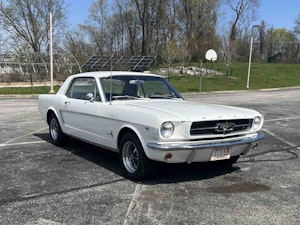
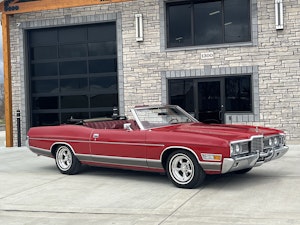











































































Only a transmission is worth saving here,. The rest is pretty much toast. The parts that could be saved would cost more to refurbish than a already good part.
It is not surprising this car went this many miles. The engines and drive line in these can easily do high miles. Yes the seats or the power window unit may fail or the plastic gear in the head lamp motor may strip but the car would keep rolling.
My guess is the clutch went out due to high miles and it was not worth fixing due to value and the car was left to sit and rot. They could have sold it to some one that could have changed the clutch themselves and could have added more miles.
The 60° V6 was equally reliable, of course not as desirable. The odometer on my 1991 camaro stopped working at 215k, and I’d guess I made it to around 230k before the always-unreliable 700R4/4L60 3rd/4th clutchpacks were toast.
Sad to see what was left behind. I wish this was in better condition and running.
Too bad that it’s headed to the crusher, this old girl still looks fairly straight…this would be a good low budget project car for someone who was willing to put in alot of sweat equity…if you don’t worry much about the cosmetics you could have a kinda cool ride…believe it or not it looks better than the first car I had in high school.
Manual Camaros and Firebirds of that era are hen’s teeth, and if I were in trailering range of that boneyard I’d probably be considering a rescue
Someone loved that car to keep it going for ever so many years – probably why it has not crashed.
In addition to the dash mounted pouch on the Firebird as another desirable upgrade, Pontiac dealers offered the optional Little Trees air freshener package for twenty seven dollars (plus tax) installed. Also not available on Camaro
This car was ordered properly with a manual transmission. These 3rd Gens handled so well even with 16″ wheels that were 8″ wide. It was a looker when it came out and in a sea of grey, silver, silverish grey and greyish silver SUV’s running all over the place this is a blast of fresh air.
My hope is someone restores this.
Makes me sick to my stomach to see a pm machine like this in a bone yard or trashed period
I’ll agree with Phil that this beauty was pretty quickly stripped once it was set out on the stands at the yard. Transmission, wheels, and a lot of the engine parts probably disappeared pretty quickly.
You’d never see something like this at the Phoenix yonkes. Well, you would, for about 3 minutes.
As I recall, my ex-wife’s 87 Trans Am had a 5 speed and a carb in stead of fuel injection.
How is it that spoiler looks to be intact still? These always fell apart and split because of rusting clips, sun damage, pushing to close the hatch, and simply time had there way with most. It doesn’t even look cracked, unbelievable if that is the case.